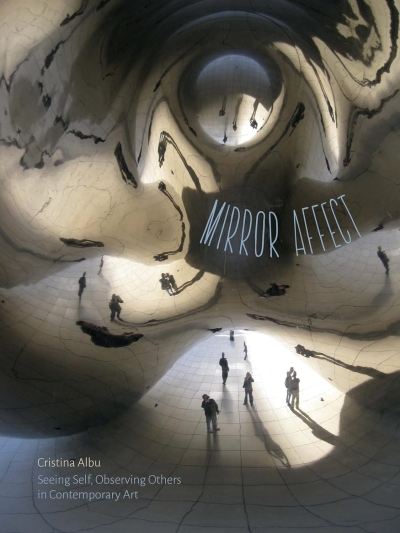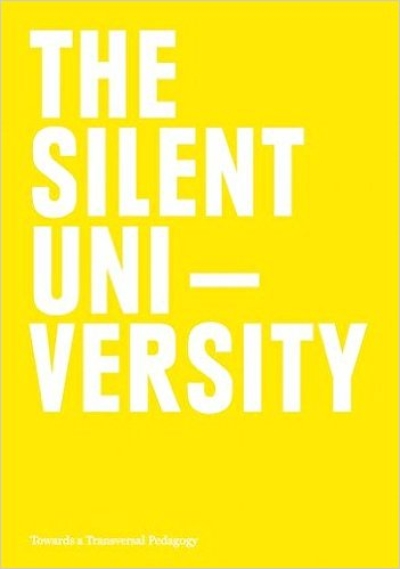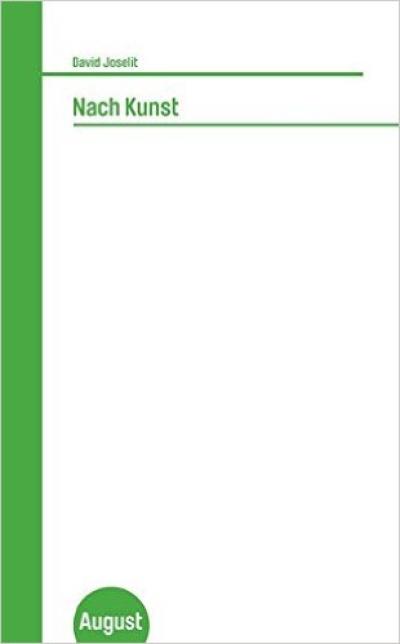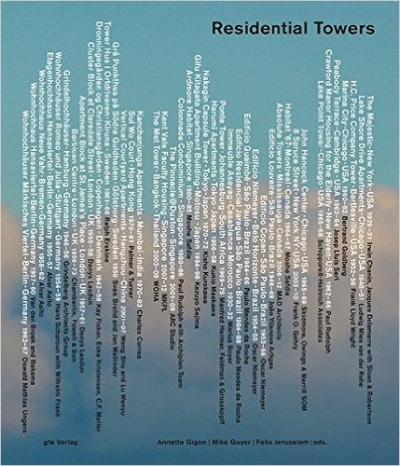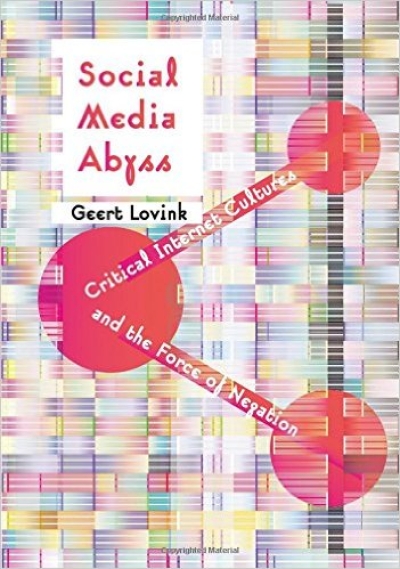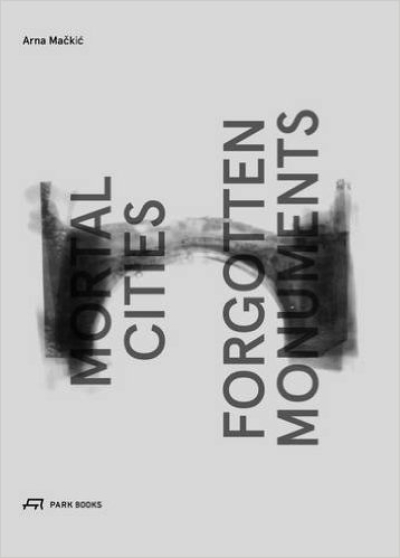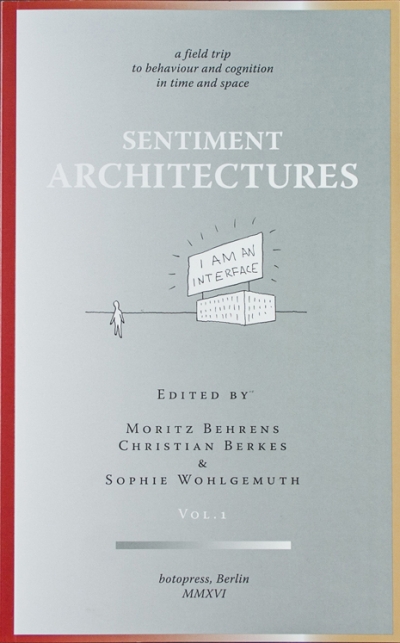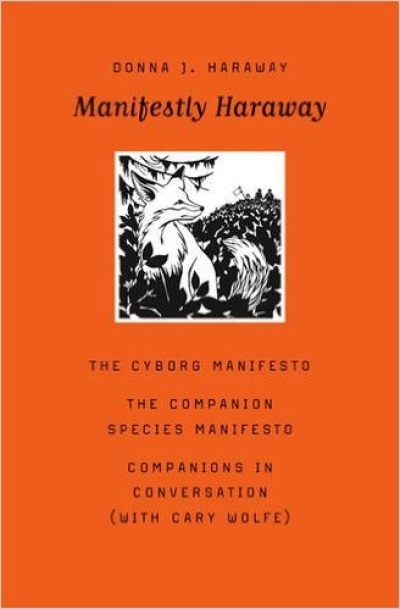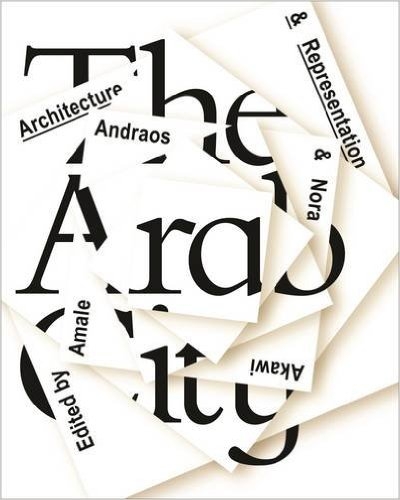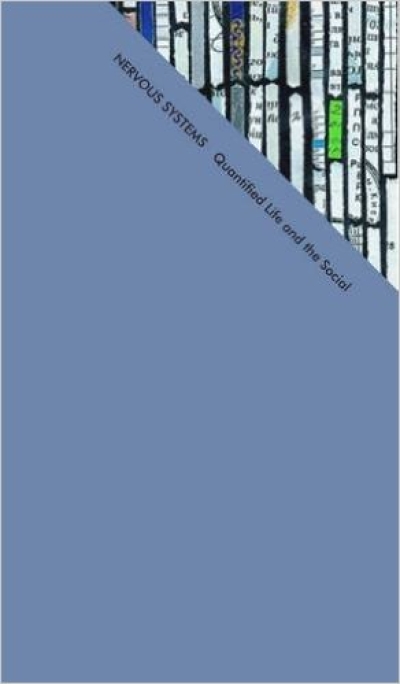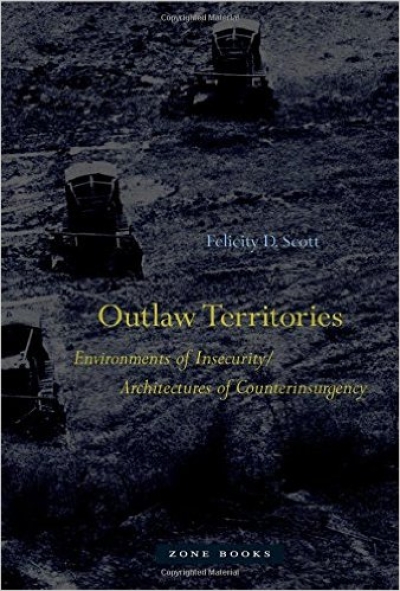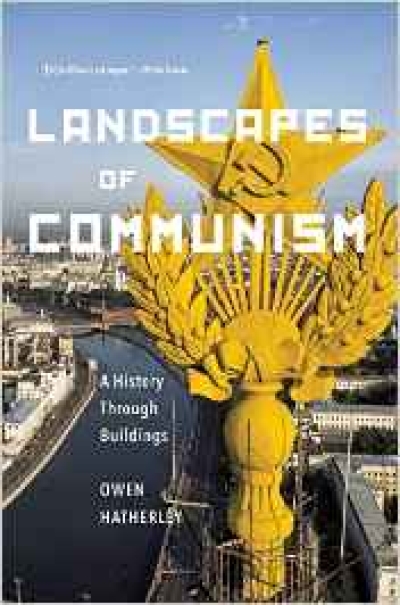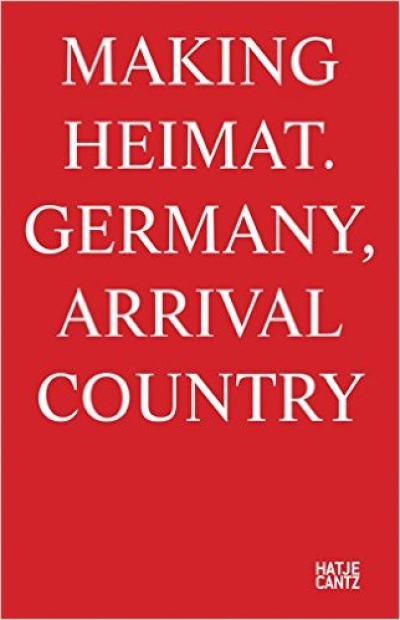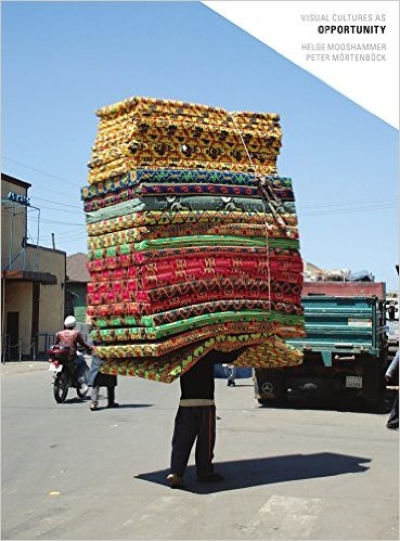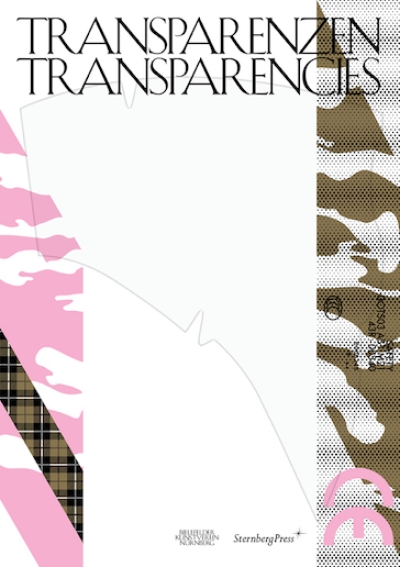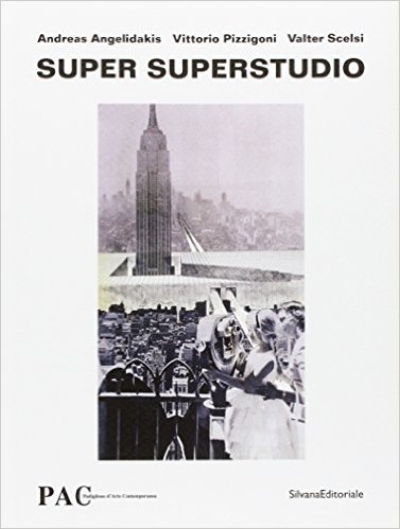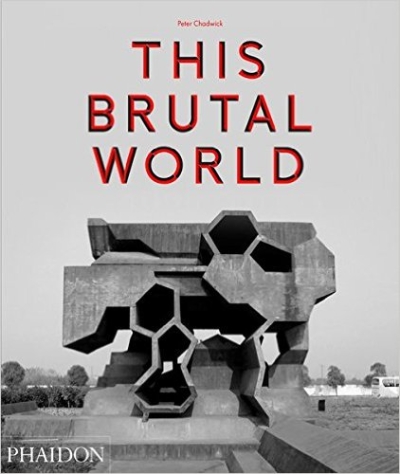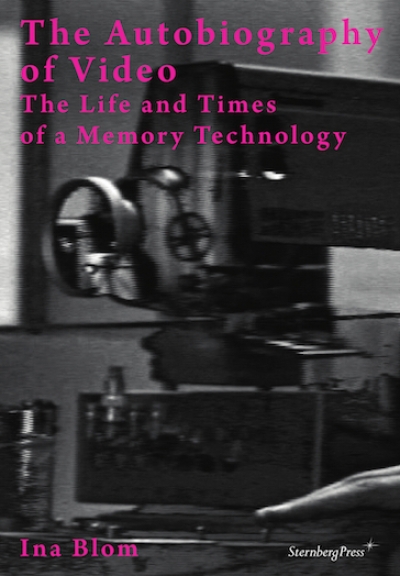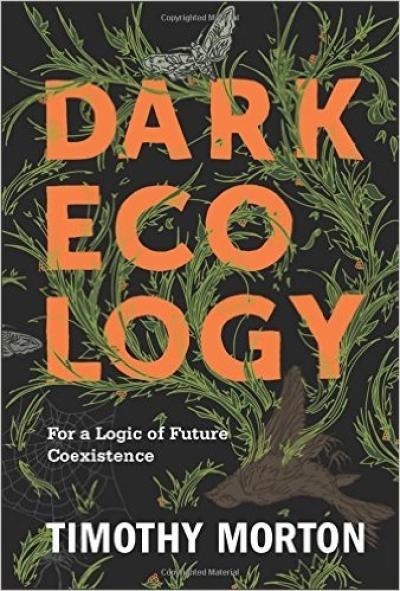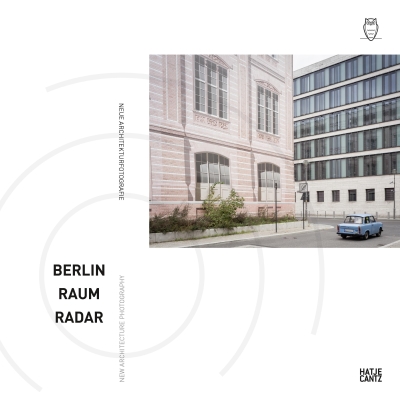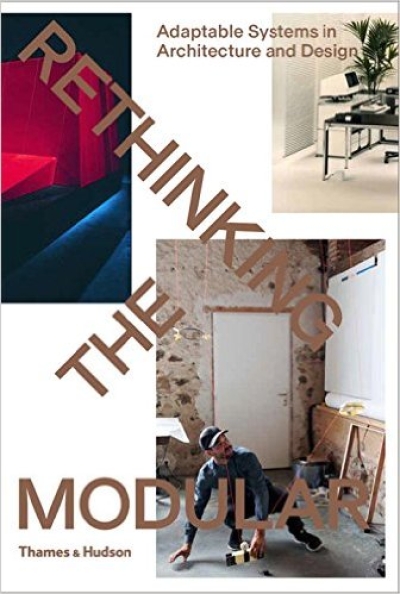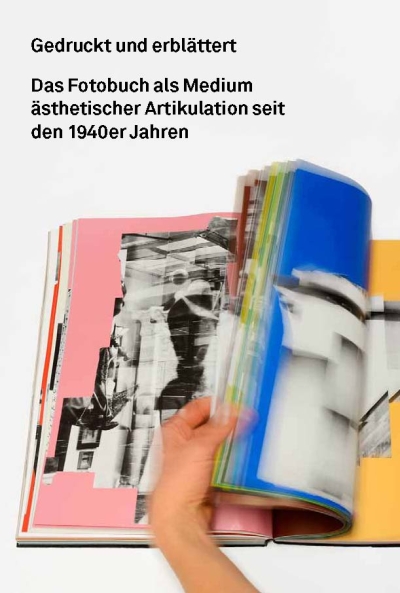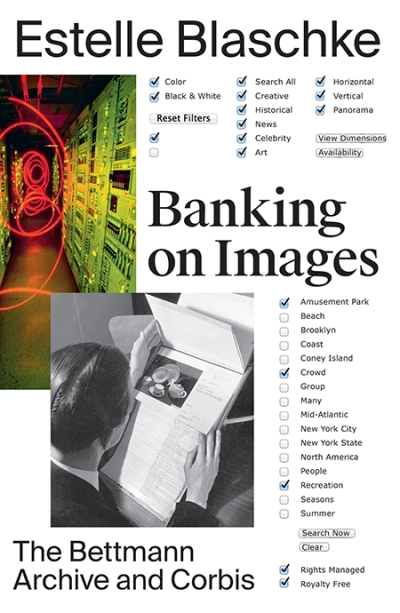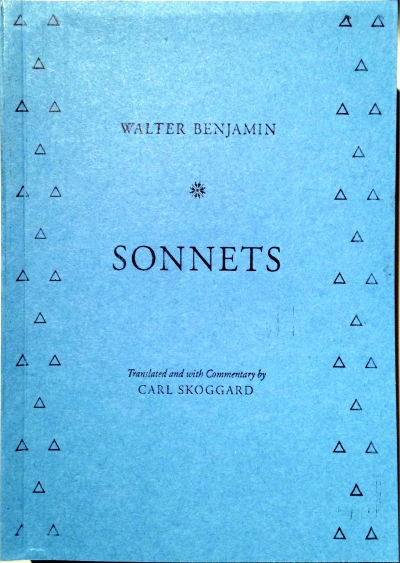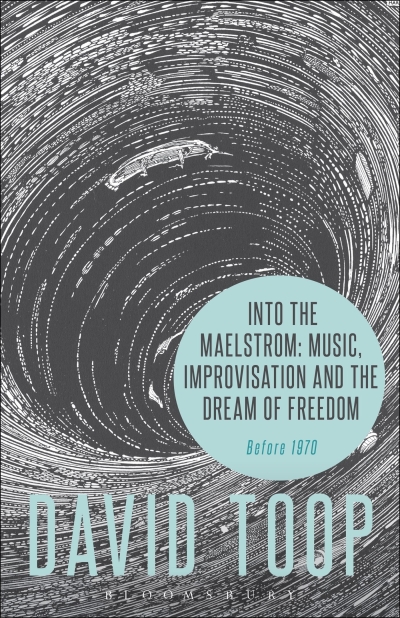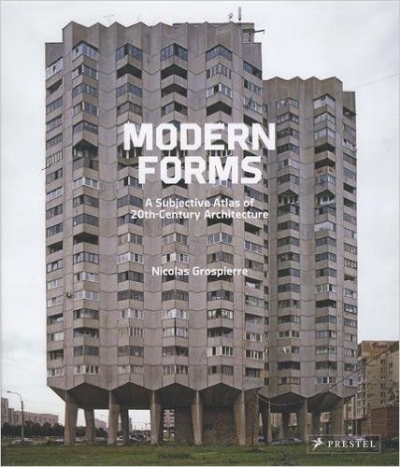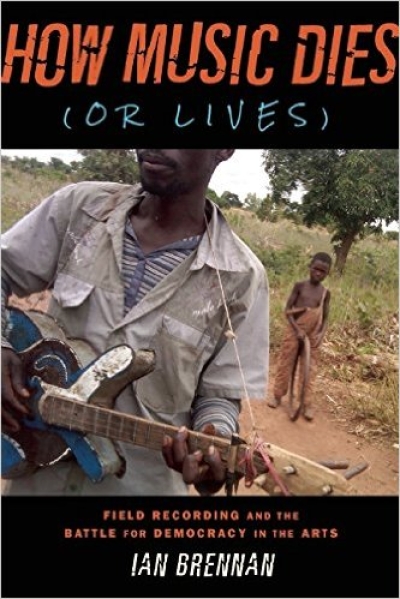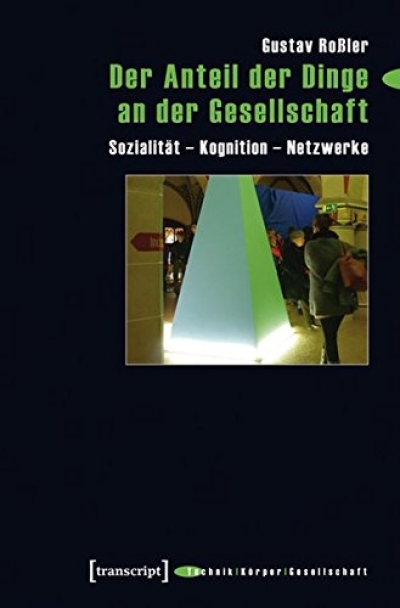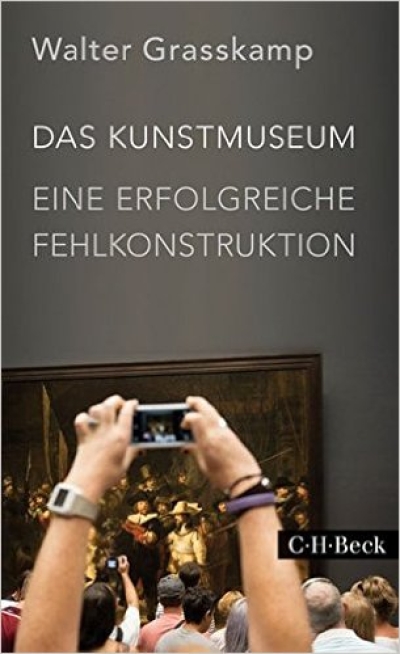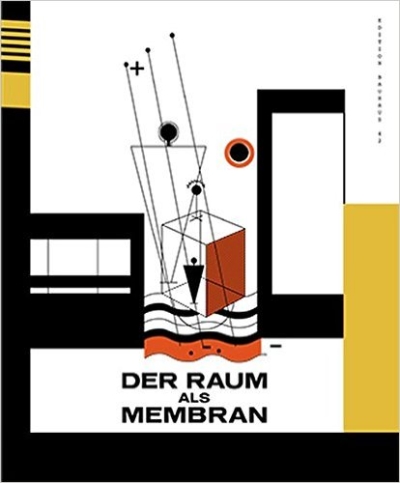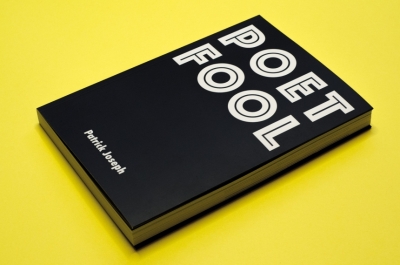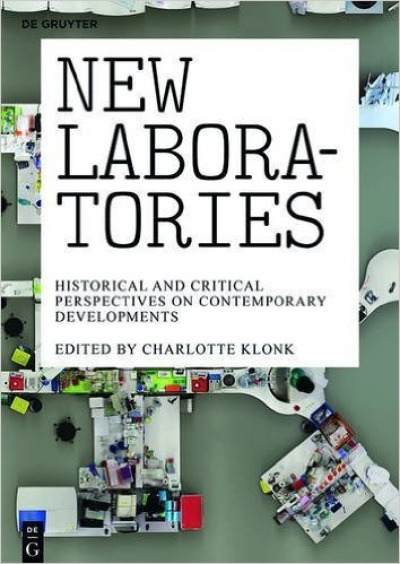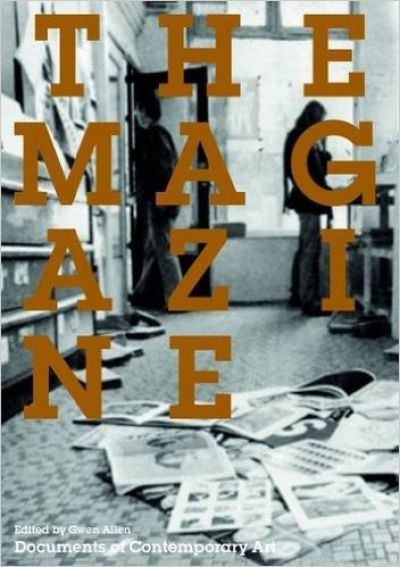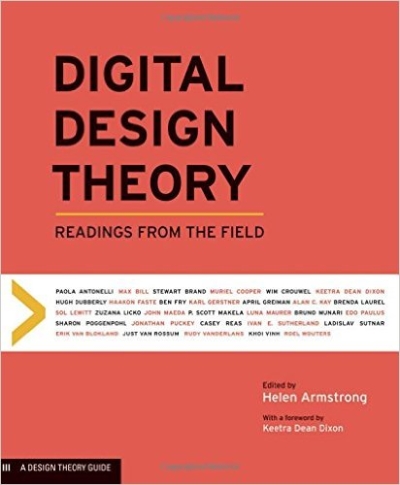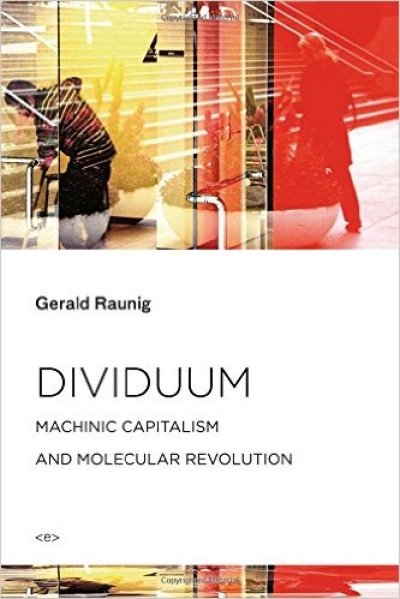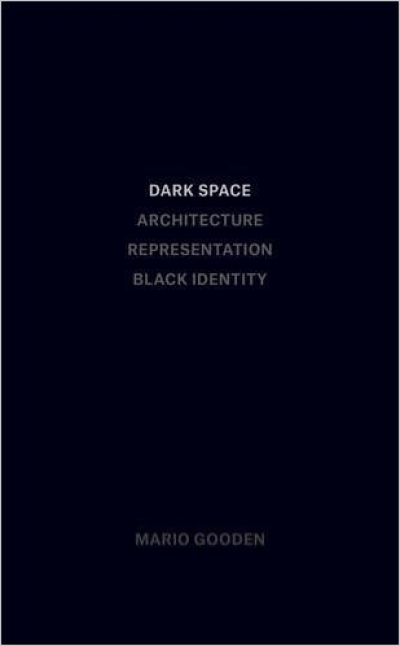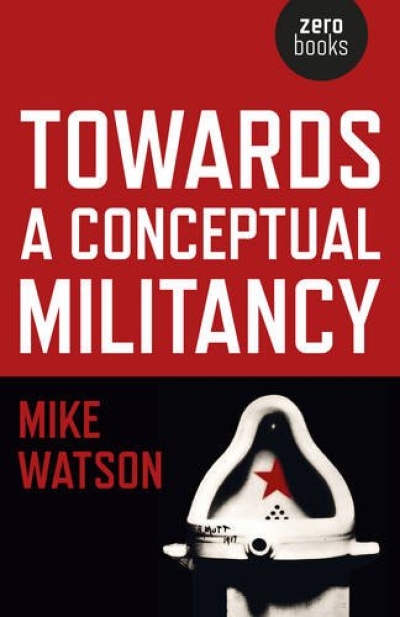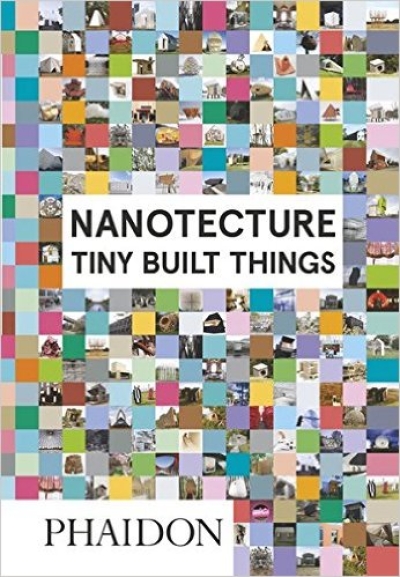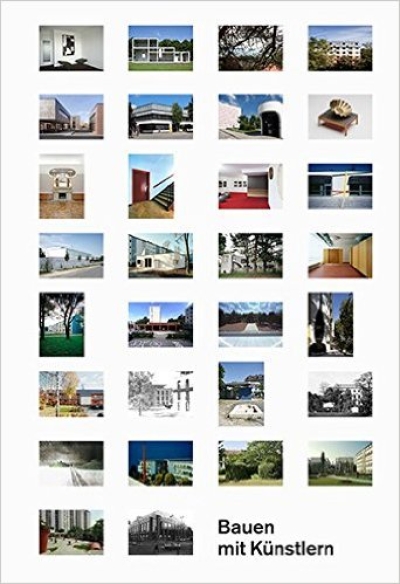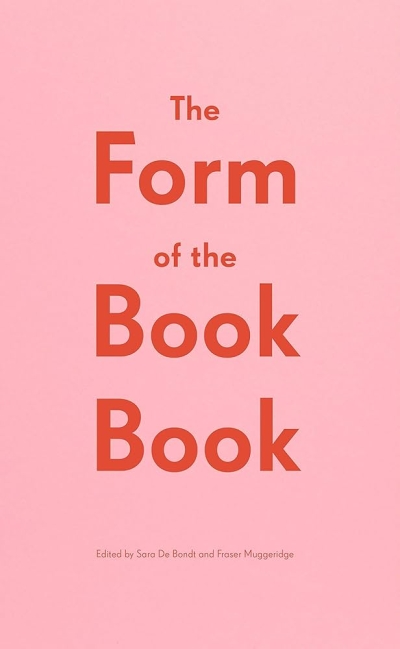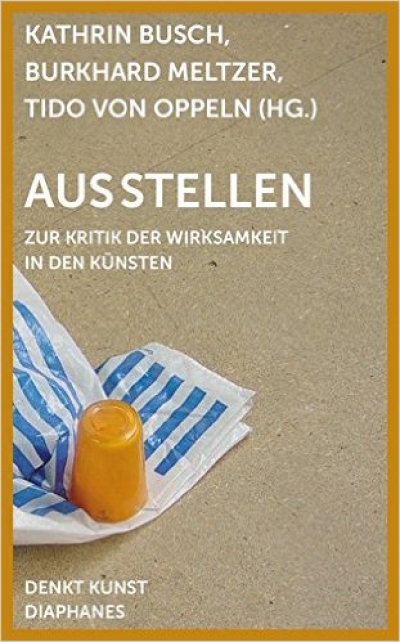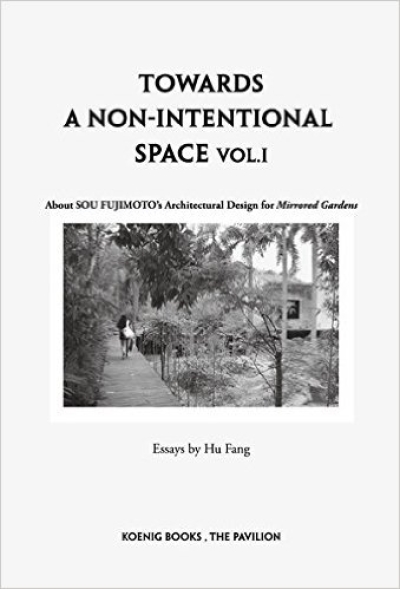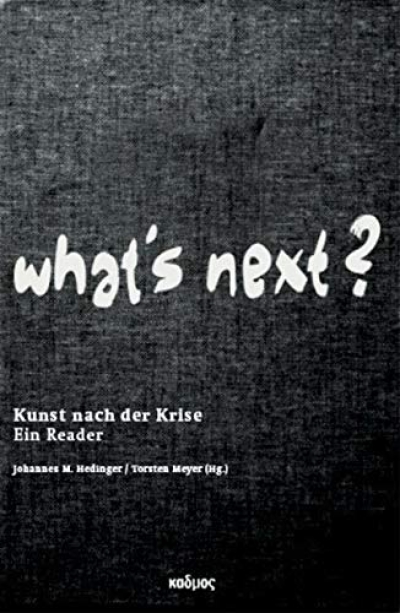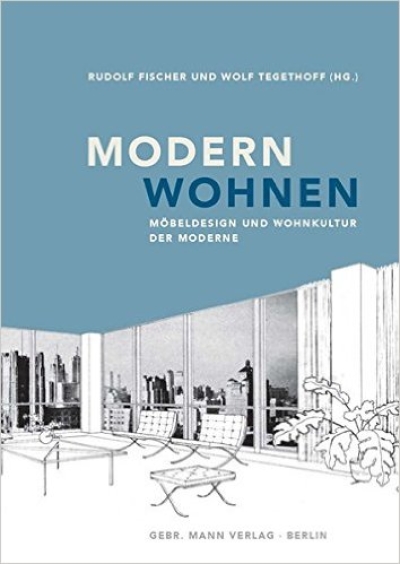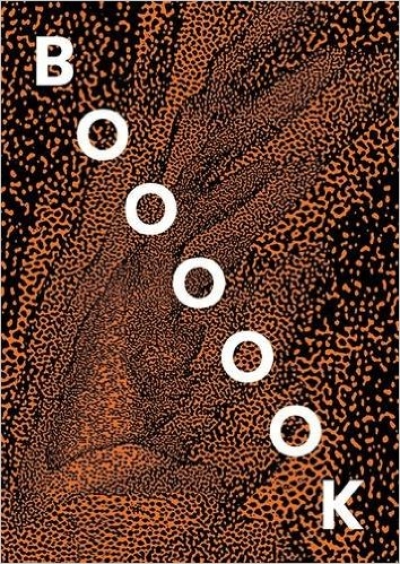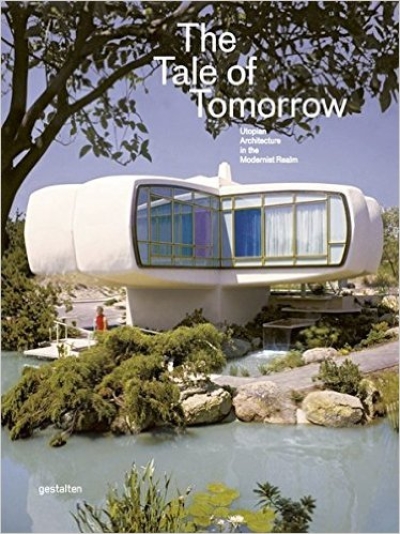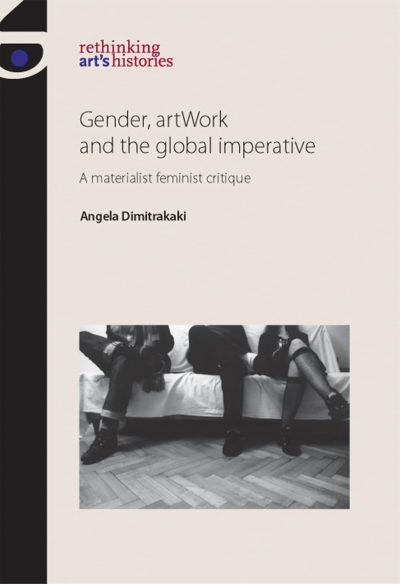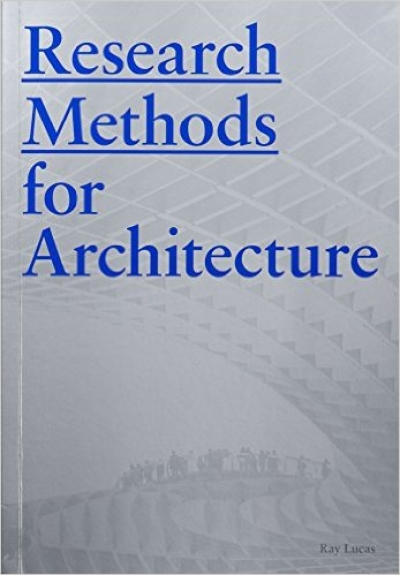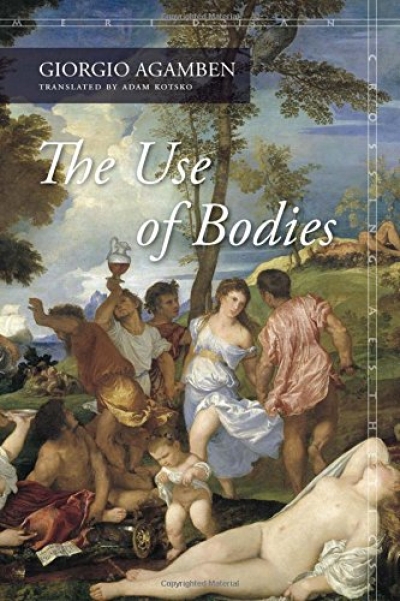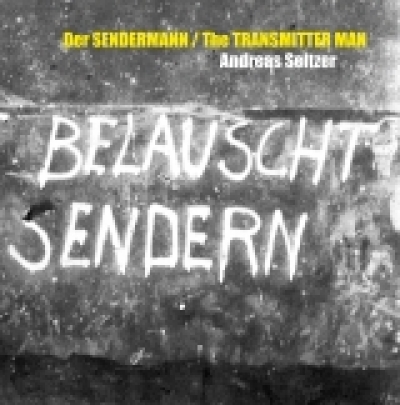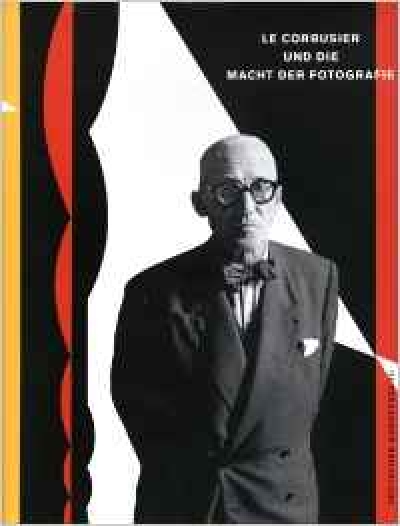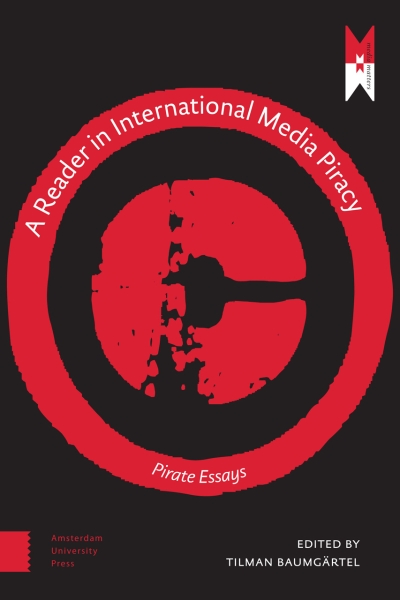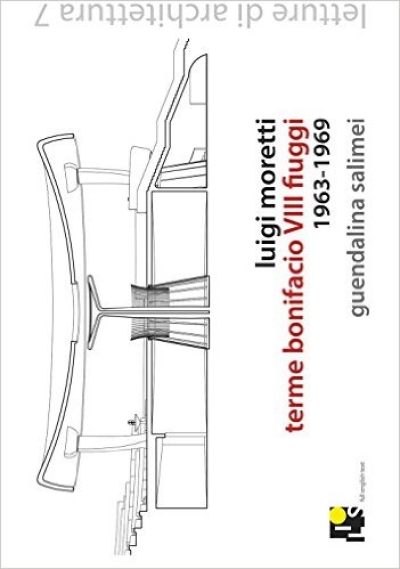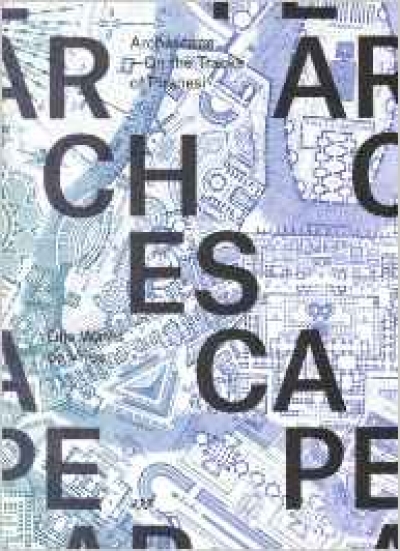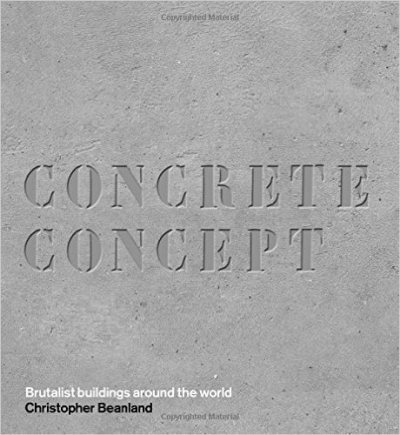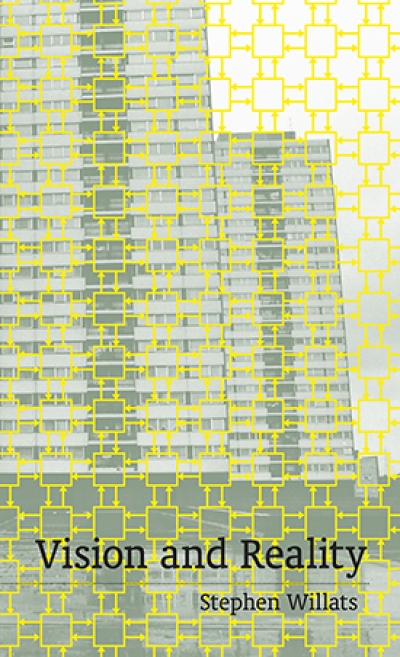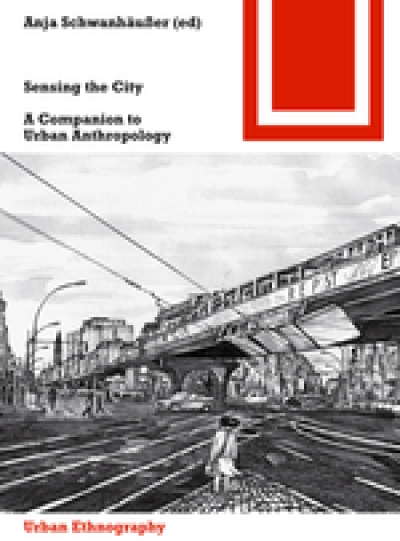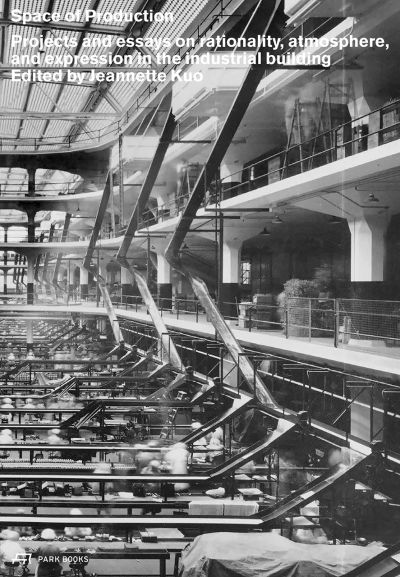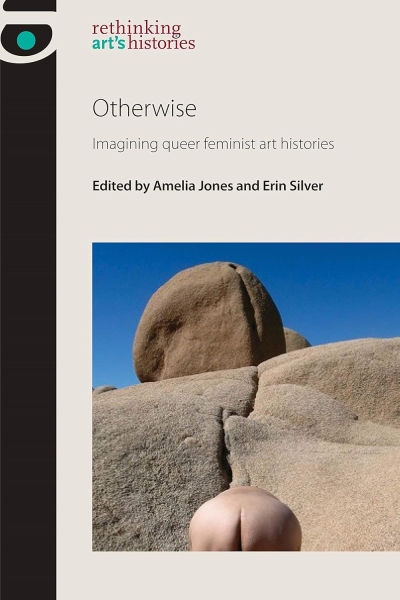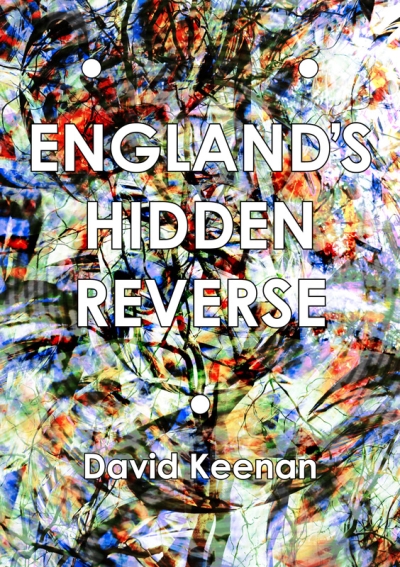
Avant-Garde as Method. Vkhutemas and the Pedagogy of Space, 1920-1930
Throughout the 1920s and ’30s, the Higher Art and Technical Studios in Moscow, more commonly known as Vkhutemas, adopted what it called the “objective method” to facilitate instruction on a mass scale. The school was the first to implement mass art and technology education, which was seen as essential to the Soviet Union’s dominant modernist paradigm.
With Avant-Garde as Method, architect and historian Anna Bokov explores the nature of art and technology education in the Soviet Union. The pedagogical program at Vkhutemas, she shows, combined longstanding academic ideas and practices with more nascent industrial era ones to initiate a new type of pedagogy that took an explorative approach and drew its strength from continuous feedback and exchange between students and educators. Elaborating on the ways the Vkhutemas curriculum challenged established canons of academic tradition by replacing it with open-ended inquiry, Bokov then shows how this came to be articulated in architectural and urban projects within the school’s advanced studios.
Die sowjetische Kunst- und Architekturschule Vkhutemas war in den 1920er-Jahren neben dem Bauhaus die bedeutendste Schule der künstlerischen Avantgarde. Die «Höheren Künstlerisch-Technischen Werkstätten» – wie Vkhutemas in voller Namensform hiess – waren in Moskau angesiedelt, zu ihren prägenden Figuren gehörten später so bekannte Akteure wie Iwan Leonidow, Alexander Rodtschenko oder El Lissitzky. Die Schule wurde zu ihrer Zeit international sehr stark beachtet und hat auch viele Lehrinhalte und -formen am Bauhaus beeinflusst. Umso erstaunlicher ist es, dass es weltweit kaum Bücher gibt, die sich vertieft mit der Schule und den Lehrzielen der Vkhutemas auseinandersetzen, schon gar nicht aus neuerer Zeit. Die amerikanische Architekturhistorikerin Anna Bokov veröffentlicht mit «Avant-Garde as Method» nun die Ergebnisse ihrer jahrelangen Forschung. Sie geht in diesem reich illustrierten Band der Frage nach, wie die an der Vkhutemas angewandten Lehrmethoden die hergebrachte akademische Tradition infrage stellten und schliesslich ersetzten. Insbesondere verfolgt sie die Wirkung experimenteller Entwurfsansätze auf konkrete architektonische und städtebauliche Projekte im Umfeld dieser Avantgarde-Schule. Und sie zeigt, wie aktuelles Forschungswissen und abstrakte Formensprache in moderne Kunstpädagogik übersetzt wurden.














